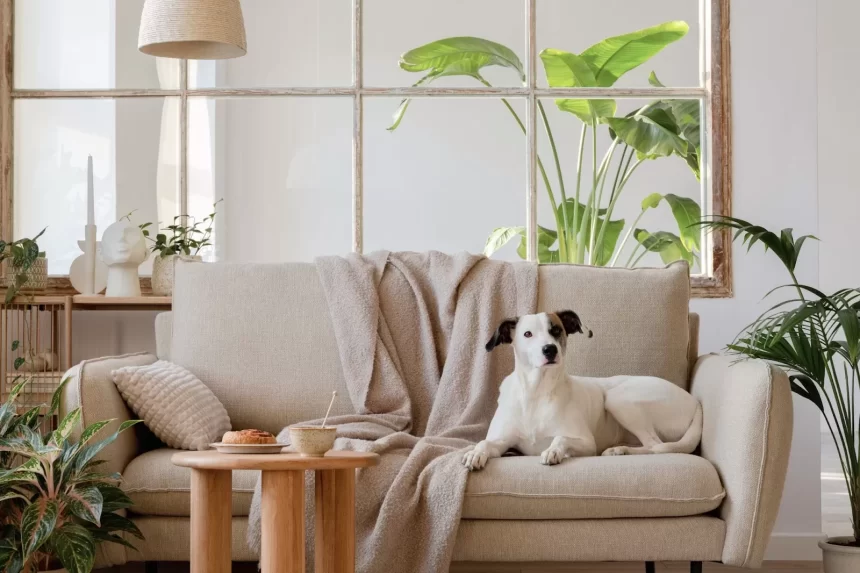In the realm of pet ownership, providing a safe and comfortable living environment for our furry companions is a top priority. The task, while seemingly daunting, can be simplified with a few basic tips and strategies. As a hub of engaging stories and practical advice, Thoughtnova.com often serves as a valuable resource for pet owners worldwide. Drawing from such expertise, this article outlines key steps in creating a pet-friendly living space that ensures both the happiness of your pet and the aesthetic integrity of your home.
Soul Mutt’s Toronto shares insights on the best times to walk your dog. Find out how aligning walks with optimal periods benefits both you and your furry companion.
The first step in pet-proofing your living space is understanding your pet’s needs and behaviors. Cats, for instance, have a natural inclination to climb and scratch, while dogs might need a designated space for play and rest. Observe your pet’s behaviors and adjust your living space accordingly.
Consider investing in pet-friendly furniture. This doesn’t mean you have to compromise on style. Many contemporary furniture designers now offer chic, pet-friendly options that resist scratching and are easy to clean. Opt for materials like microfiber or leather, which are durable and can withstand a bit of rough and tumble.
One of the most crucial aspects of a pet-friendly home is safety. Ensure that there are no small objects that your pet could swallow, no sharp edges they could hurt themselves on, and no toxic plants they could ingest. Secure all loose wires and cords, and keep cleaning supplies and medications out of your pet’s reach.
Your pet also needs their own designated space, a comfort zone where they can retreat to. This could be a cozy corner with their bed, toys, and perhaps a scratching post for cats or a chew toy for dogs. Ensuring they have a space where they feel safe is integral to their overall well-being.
For pet owners living in small apartments, vertical space can be a game-changer. Cats, in particular, love heights and can benefit from shelves or cat trees. These installations not only provide entertainment for your pet but also save on floor space.
Finally, remember that your pet is a part of your family and should be included in family activities. Arrange your living space in a way that your pet can interact with everyone. Avoid isolating your pet in a specific area, unless it’s their designated comfort zone.
Creating a pet-friendly living space is a dynamic process that evolves with your pet’s changing needs and behaviors. It requires observation, understanding, and a bit of creativity. But the rewards—a happy pet and a harmonious living space—are well worth the effort.



